Essential Strategies for Water Storage and Treatment in Prepping
Written on
Chapter 1: The Importance of Water in Prepping
One of the most daunting fears I face as a prepper is the scarcity of water. While I've successfully organized a pantry, water remains a significant concern for me. I’ve delved into numerous articles regarding droughts, climate anomalies, and pollution, all of which have tangible impacts on traditional farming and other sectors.
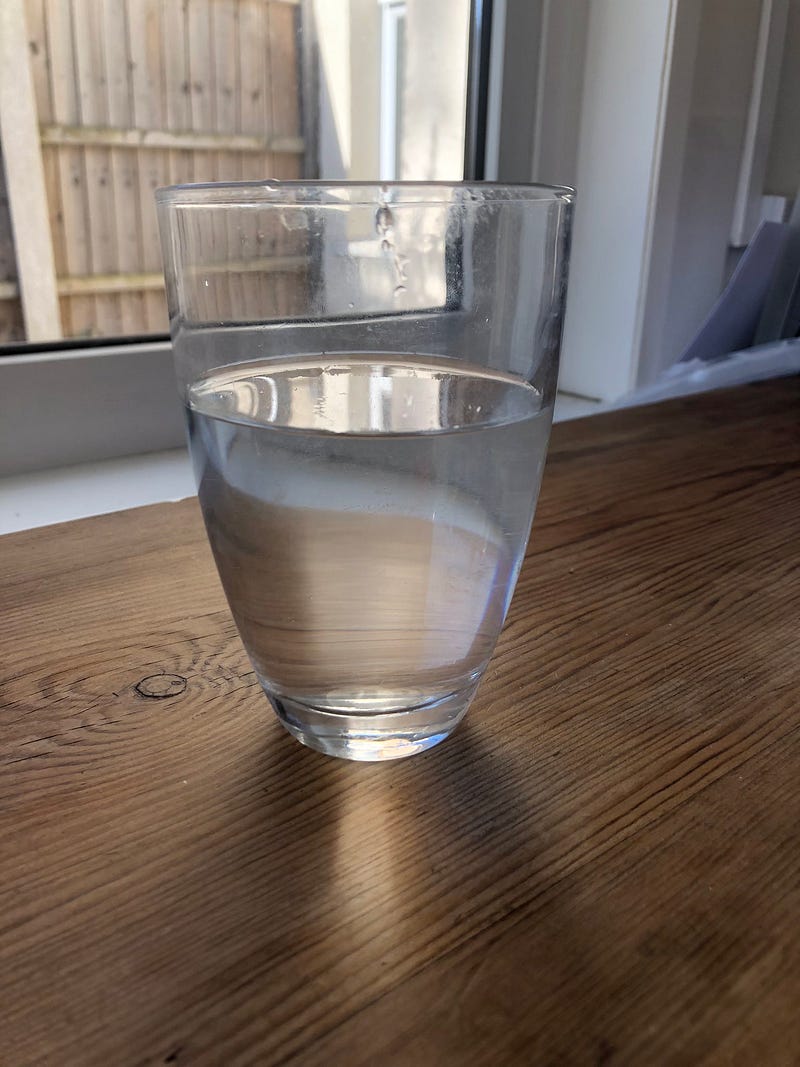
Recently, my government enacted legislation that seems to prioritize commercial interests over public welfare. Companies are permitted to release untreated sewage into rivers, which is alarming given that these bodies of water serve as sources for our drinking supply. This policy is justified only during extreme weather conditions, such as heavy rains or floods, which the UK experiences multiple times annually. The consequences have been severe, with many homes threatened by flooding, leading to evacuations and rescues. Additionally, companies can bypass treatment if they lack chemicals or face equipment failures. It’s disheartening to see policies that clearly favor corporate interests over public health.
The reality struck hard during an unexpected downpour in late Summer 2021 when raw sewage contaminated our rivers, ultimately reaching the ocean. The odor that lingered along the South coast was unbearable, impacting countless individuals, myself included. For weeks, taking my dog for a walk felt like navigating through an open sewer, worsened by the heat of summer.

In recent years, extreme weather patterns have become commonplace, with unusual rainfall and heatwaves altering the climate landscape. Currently, the majority of the lower 48 states in the USA are experiencing drought conditions, with reservoir levels at historic lows, adversely affecting agriculture and power generation. The dry soil leads to increased runoff, preventing adequate absorption into the water table. When rain does fall, its impact is diminished compared to years past when the ground was more saturated. The heat in Kansas was so severe in June 2022 that it resulted in the loss of thousands of cattle.
This decline in reservoir water is also affecting the Hydro-Electric sector, which is heavily relied upon in the States. There are warnings about potential brownouts and blackouts as households are urged to reduce electricity consumption.
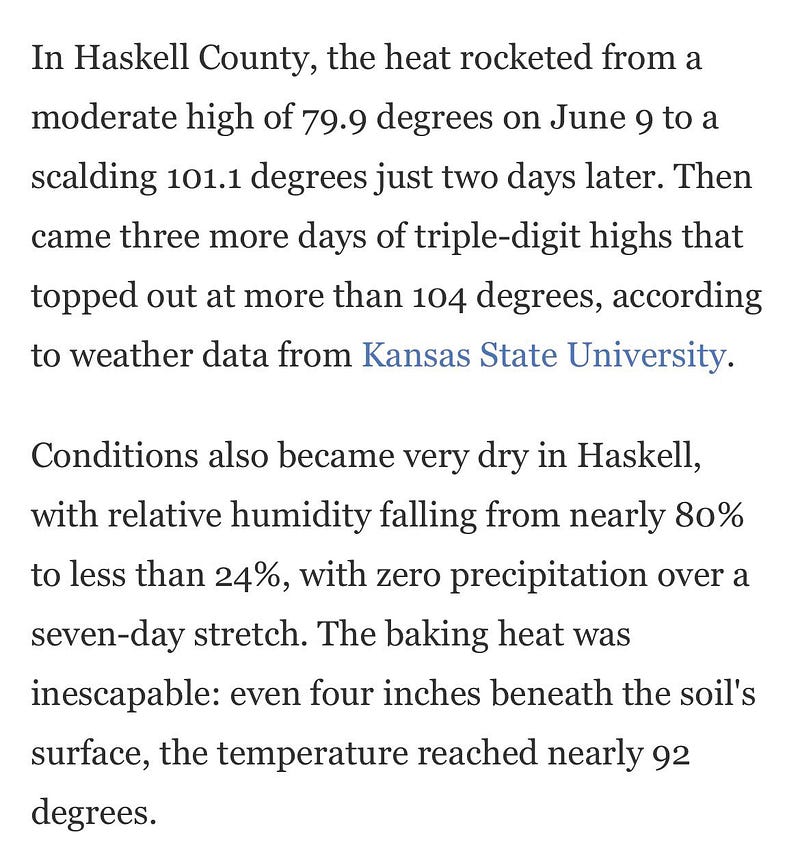
Conversely, regions that typically see less rainfall, such as Australia and China, have experienced unprecedented precipitation, surpassing annual averages by May 2022, devastating communities and agricultural sectors. The ramifications on global food production are yet to be fully realized. Meanwhile, India has endured a year of extreme heat, highlighting the increasing value of water in major food-producing countries.
These scenarios prompt reflection on the vulnerability of our systems amidst these weather extremes. We often take for granted the ease of accessing clean, drinkable water. However, many water infrastructures have not been updated in decades, straining to meet the demands of a growing population, and we are beginning to witness the repercussions, particularly in the UK.
Storing water effectively poses its own challenges. How do we maintain enough for our needs while ensuring it remains fresh and accessible? Water is crucial for survival, and while it may seem unlikely that we would need to rely on our reserves, numerous situations warrant consideration. Here are some fundamental methods to begin with:
Water Butts
Water butts are among the simplest solutions for collecting rainwater. Available in various sizes, they can easily be connected to existing downpipes, making them an excellent choice for gardeners looking to conserve resources. They allow you to recycle rainwater, providing a substantial supply without relying solely on municipal sources.
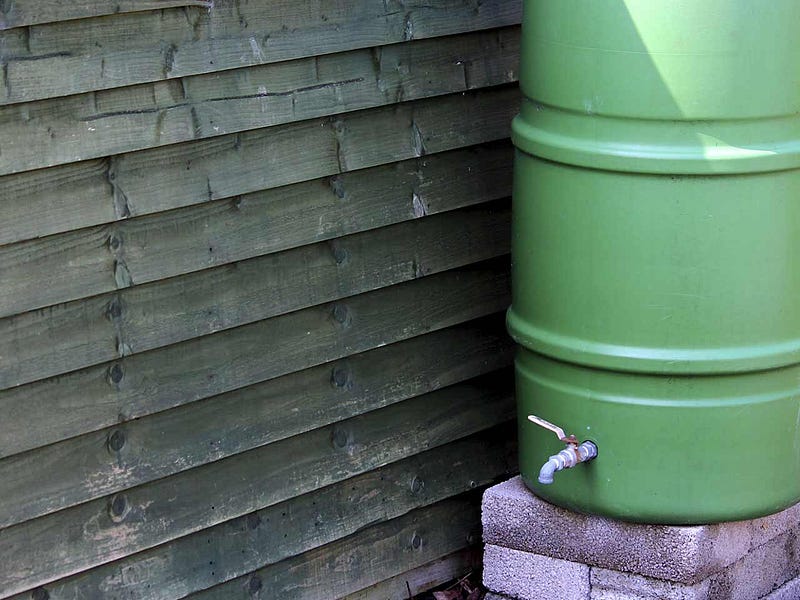
Water Bricks
These portable, plastic containers, available in different sizes, often feature a tap for easy dispensing. Water bricks come in two types: stackable, robust containers made from food-grade plastic, and portable options that resemble bags. When stored correctly, water in these containers can last indefinitely, although for potable water, it is advisable to treat or replace it every six months.

Water Purification Tablets
These tablets were my initial purchase for water preparedness due to their affordability. While water may be accessible, ensuring its safety for consumption is crucial. Water purification tablets are straightforward to use: dissolve one in a liter or two of water, wait, and filter if necessary. They are safe for consumption, but should be stored securely to prevent accidental ingestion.
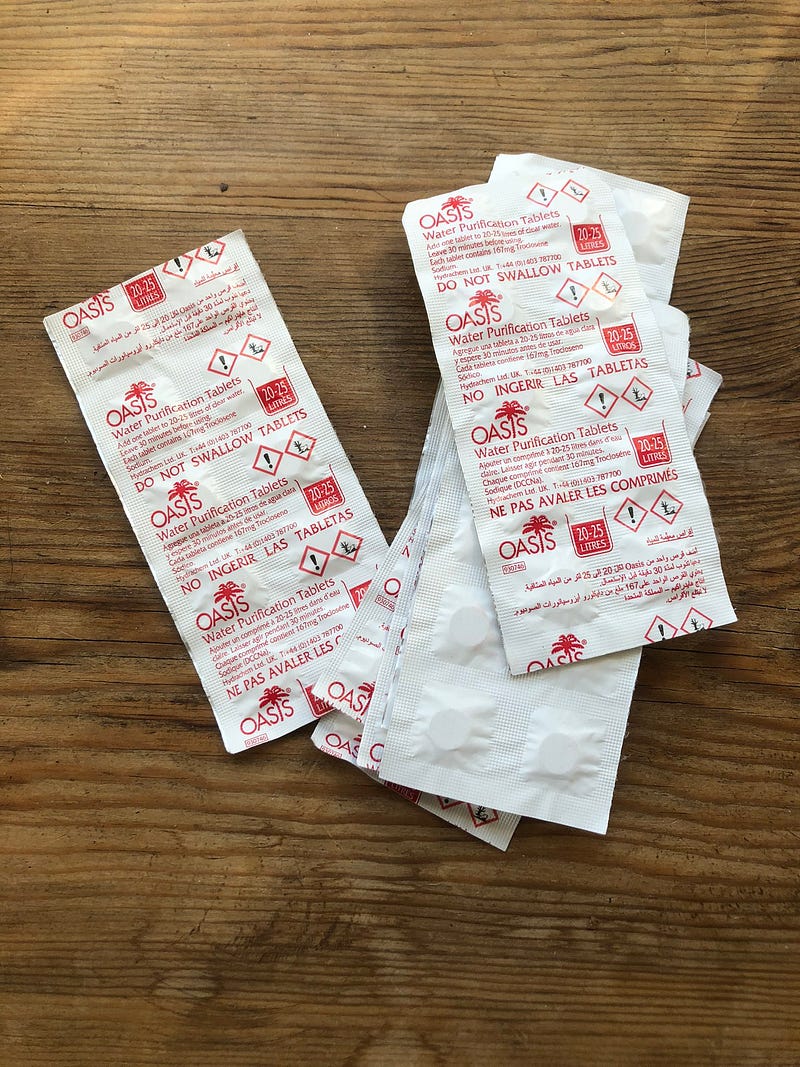
Portable Water Filters
The Sawyer Mini is a popular choice for portable water filtration. While there are many options available, it's essential to choose the one that best fits your needs. The ability to filter water from nearly any freshwater source is invaluable. I tested mine using rainwater from an old watering can. While it took longer than expected, the end result was clean, drinkable water. Familiarizing yourself with your equipment is crucial for effective use in emergencies.
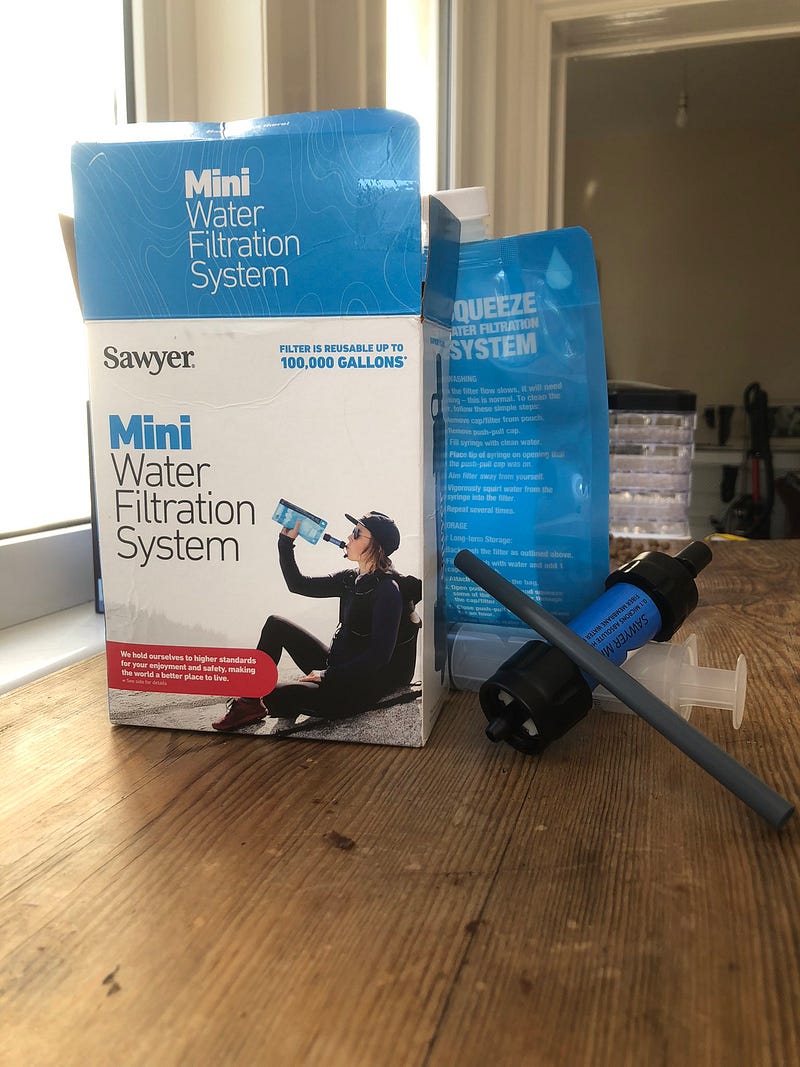
Water Storage Tanks
While often too large for personal use, water storage tanks can hold significant volumes of water. They can be costly compared to other storage options but are highly effective. It’s important to note that stored water has a limited shelf life if not treated or stored properly.
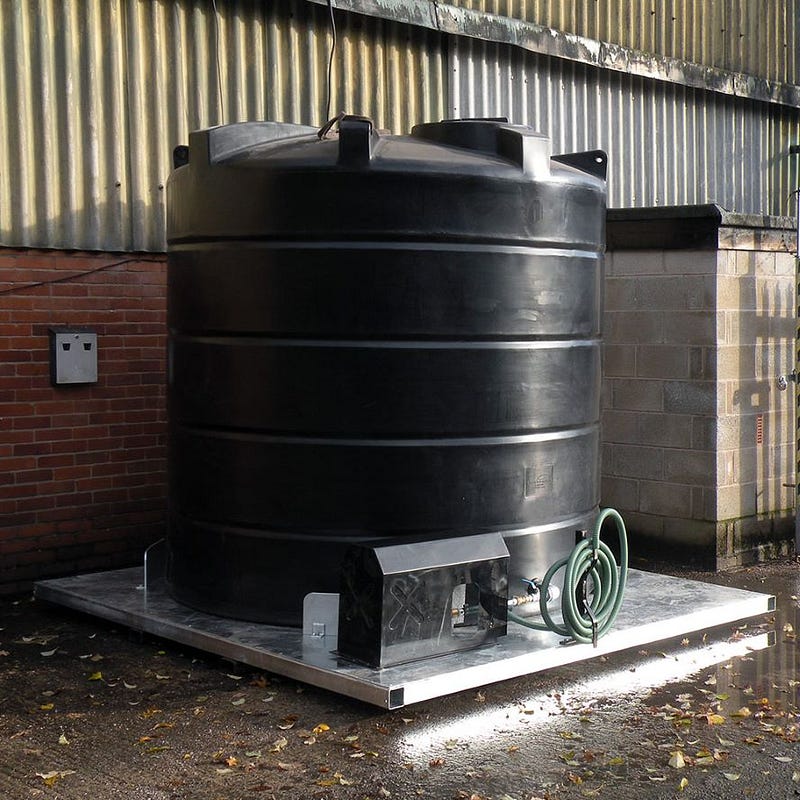
Bottled Water
Don’t underestimate the simplicity of bottled water. It has a shelf life, is stackable, and requires no special handling. It's safe to drink and free from contaminants. However, if you prefer a specific brand, be prepared for higher costs, especially if you're aiming for premium sources.
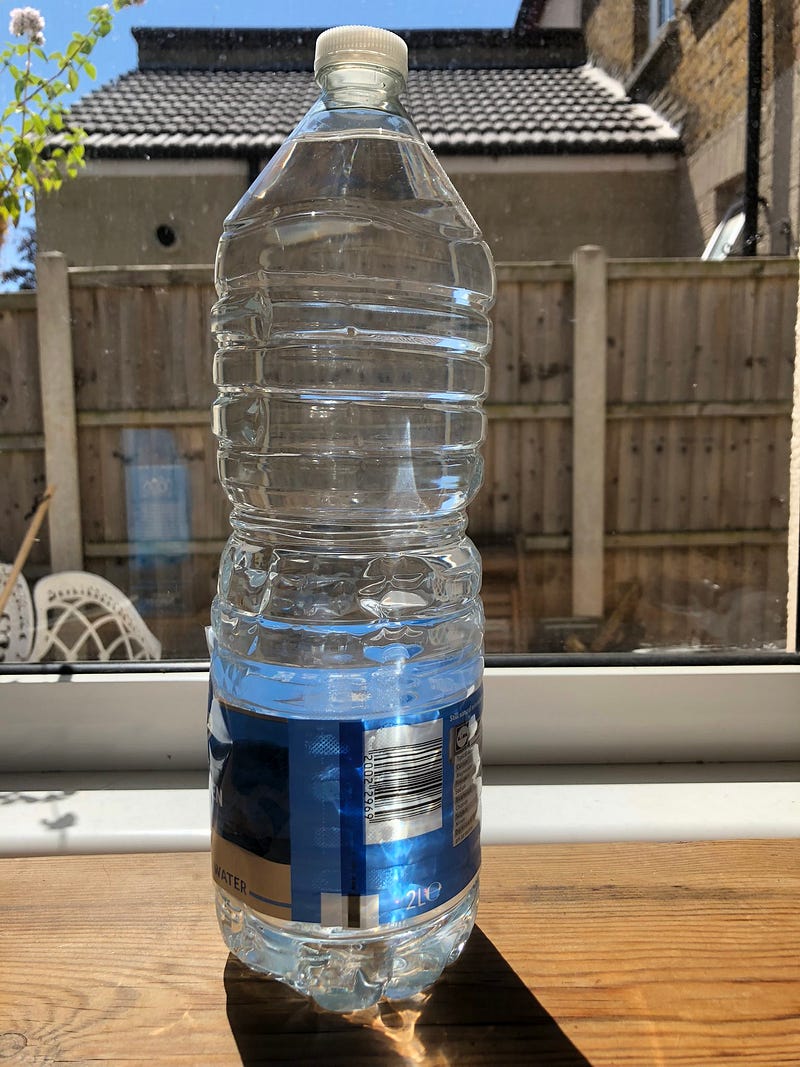
The mainstream media often downplays the growing concerns surrounding water availability and safety. Reflecting on how our infrastructure, laws, and weather patterns can affect water supply is increasingly troubling. Among the prepping community, there is a tendency to overreact to news alerts. Water is shifting from being a fundamental human right to a commodity. Recent observations of corporations promoting their water initiatives at airports serve as a wake-up call regarding our changing reality.
There are solutions for every challenge. As always, I encourage individual research. Don’t accept everything at face value; if you’re searching for doomsday predictions, online algorithms can easily lead you there. If you have concerns, strategize on how to address them and avoid panic.
In mid-July 2022, the UK is grappling with a heatwave, with forecasts suggesting it could lead to record temperatures. What once were considered extreme temperatures now necessitate hosepipe bans to conserve reservoir levels. This year, rising water costs accompany the soaring temperatures, putting national availability at critical levels.
— — — — — — — — — — — — — — — — — — — — — — — — — —
My content has evolved this year, incorporating more serious themes alongside humor. If you're interested in the latest episode on Emergency Preparedness, check it out here. It’s not just about the usual comedic takes.
For those who enjoy my humorous content, "The Worst Album Covers in the World" is ongoing and has even received award nominations! Catch the latest episode here.
If you prefer serious writing, my recent piece on my struggles with depression, anxiety, and PTSD after a traumatic event will take some time to revisit.
— — — — — — — — — — — — — — — — — — — — — — — — — —
For custom writing or editing projects, feel free to reach out to me at [email protected].
As I write this, I'm recovering from surgeries on my nerves, having undergone several procedures in the past 18 months. Writing is my livelihood, and this year will be challenging due to recovery time.
I’m immensely grateful for any support you can offer. If you’re able to assist a struggling writer, you can donate here:
Paypal paypal.me/ColinOcelot
BTC 16tm8JpdPEviY2buxxydwNptd6vLdfGgth
SOL sECFp8HXCmnBwR6mvG6rgbXwm9gDntW78vq78fv4E6X
BNB 0x729658b27633bda2a12ff91d0c4ab1dca20a836a
Most images are my own unless stated otherwise and are subject to copyright. Other images are utilized under Fair Use.
Newspaper Excerpt unknown source
Water Butt photo copyright Saga.co.uk
Water Brick photo copyright Waterbrick.org
Sewage Photo copyright Clean Water Action
Chapter 2: Water Storage and Treatment Solutions
This video discusses common mistakes preppers make when storing water and offers insights on effective practices.
This video provides three straightforward steps for properly storing water for emergencies.